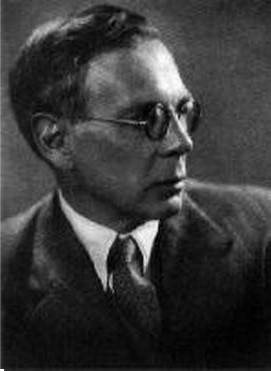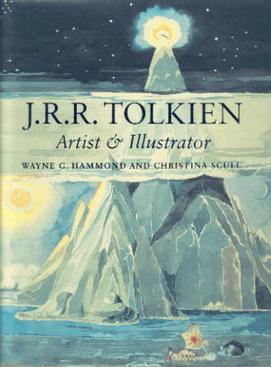Overview of text
The story centres around the main character, John, who as a boy grows up in Puritania under the stern, elusive and seemingly tyrannical Landlord, whose representatives promulgate a list of Rules. John tries to live by the Rules but soon finds himself unable to.
He discovers and has visions of an island that create an indescribable yearning within him, a "sweet desire". At first, he thinks this yearning is Lust, personified as brown girls, but when he unmasks the mistake, he decides to flee his homeland and perceived oppressor, the Landlord, in search of the far-off island. Along the way he meets Mr. Enlightenment, a personification of nineteenth-century rationalism. He invites John to join him on his travels to Claptrap but John decides to continue his search for the Island.
In the cities of Thrill and Eschropolis (meaning an ugly city in Greek), he meets personifications of romantic love, the modern literary movement and Freudianism. He thinks he has found the island through aesthetic experience, but, damaged by these characters and seeing his error, he abandons the cities. Eventually, the Spirit of the Age captures John. The spirit is drawn as a giant whose gaze makes everything transparent. So when he looks at John, everyone including John can see inside him: his bowels, stomach, lungs and so on. The giant tries to convince him that there is nothing more to him than that, but Reason, personified as a gallant woman knight, comes to the rescue to slay the Spirit of the Age. She then leads him all the way to the Grand Canyon.
As he tries to figure out how to cross, Christianity, personified as Mother Kirk, comes by and explains to him and his travelling-companion Vertue the reason for the canyon (which is the Sin of Adam) and that she is the only one who can get him across. John thinks she is mad and decides to look for an alternative crossing.
As they go North, they meet Mr Sensible, who is served by a Man named Drudge, which has served that house since the old times when Epicure moved there. Drudge is treated very poorly. They depart to the north, as Mr. Sensible decided to leave that poor land, and Drudge joins Vertue and John.
They walk a lot, till they almost can't, and found three pale brothers personified as Mr. Classic , Mr. Neo-Angular and Mr. Humanist. These men do not help John as they talk of seeing through things they have never seen at all, mainly Humanist. Neo-Angular has a personality alike Vertue, and they got some type of virtue's rivalry. Vertue goes farther north with Drudge so be could return and tell John what is there, as he was too tired to continue without aimless. They discover a valley filled with caves and inhabited by trolls and ruled over by a near-giant named Savage. They serve as models for Marxism and Fascists, and Vertue leaves with an ominous warning from Savage that he will destroy the three pale men. Drudge, who has left the pale men to accompany Vertue, stays with Savage.
Turning back and going South along the road, John and Vertue meets Mr. Broad, who represents a “modernizing religion which is friends with the World and goes on no pilgrimages.” At last, John reaches the house of Wisdom, who teaches him what is lacking from notable philosophies of the 20th century, which to Lewis were the Idealist Philosophy, Materialism and Hegelianism.
Continuing along the canyon, he encounters a Man from whom he learns that he must accept Grace or die. He had wondered if he could live by Philosophy or Pantheistic beliefs, but after accepting Grace he feels obliged - against his own inclination - to acknowledge the existence of the Landlord. He fears that, by submitting to the Landlord, he must abandon his search for the Island, and instead follow the Landlord's wishes.
After moving on from the Man he discovers a hermit named History. History tells John that not everyone has as clear visions of the Islands, but they receive pictures that prove similar. Others - the Shepherd People, representing Jews - have no pictures but instead have Rules. The hermit tells him that "sweet desire" and the Rules are opposite ends of the same thing.
John wants to leave but Reason will not let him and leads him to Mother Kirk. Mother Kirk instructs him to dive into a pool of water. John replies that he does not know how, but then learns that diving is only the art of ceasing to do anything. After diving, he comes to a land where the Island is very close, but across a body of water, and there are no ships. He is told that it is only the other side of the same Mountains which he has known his whole life in Puritania.
The Regress portion of the title now comes into play as John journeys back home and now sees everything in a new light, and sees how the road he took is on a knife-edge between Heaven and Hell. [3]









